Smartphone SoCs Explained: All You Need to Know


SoC is a term frequently used on nextpit. But what is it really? Is it the same thing as a CPU? This article will answer those questions and give an overview of what you need to know to learn which one is best for your needs. Spoiler alert: They influence not only performance, but also battery life, features, connectivity, and much more.
An SoC or "System on a Chip" is the central component of every modern smartphone, although it is an amalgam of many technologies. The purpose of this article is to give you a basic idea of what a modern smartphone SoC does and the current state of the market for "mobile processors."
The ultimate goal is to help you, the consumer, use this information (and others) to help you choose your next smartphone. The goal here is not to dig deep into how a smartphone SoC works or to satisfy the curiosity of an already knowledgeable techie.
- Read also: nextpit's guide to flagship processors
Instead, our goal is to give you, the average smartphone buyer, as much information as possible to help you choose the smartphone that best suits your needs. At the risk of sounding repetitive, the idea is to help you know just enough to make an informed purchase.
This central article will link to several other individual articles on smartphone SoCs where we will compare them to each other, introduce them and discuss specific models in detail.
Are processors, SoCs, and chipsets the same thing?
Experienced smartphone buffs usually scoff at the word ‘processor’ and will tell you that an SoC (short for System on a Chip) or ‘chipset’ is a more accurate term. At the end of the day, all you need to know is that the ‘processor, ‘SoC’, and ‘chipset’ on a smartphone (in most cases) refer to the same entity—even though the terminology might not be entirely accurate.
The term processor was generally used to denote the Central Processing Unit used on desktop computers. Modern SoCs also get a CPU/processor—but it is just one of the many components that make up an SoC. So the answer you are looking for is this: While an SoC and processor are not the same things in concrete terms, over time, it has become an acceptable thing to call an SoC a processor or a chipset. I know this can be frustratingly confusing.
If it’s not the same as a processor, What really is an SoC?
The most common answer you might have heard often equates the SoC with the human brain. I disagree. A more accurate way to understand what an SoC is to think of it not as the brain—but as the human head. Yes, you read that right. I know this example is funny, but it is just simpler to visualize your head as the SoC—and your brain (which is located within the head)—as the processor.
Just like your head integrates many other parts, the SoC, too, contains various components. Many of these components also help take the load off the processor and help it perform more efficiently.
Take a look at the diagram below to visualize all the components that make up a modern SoC.

You can also think of the SoC as the most critical part of a modern smartphone. It effectively functions as a single unit and is responsible for handling almost every single task you ask your phone to perform. Be it something relatively mundane as making and receiving calls to something inherently more complex, like using the phone camera to click pictures and videos, then editing and rendering a final product using an editing app.
What is the ARM architecture?
Another name that you might have typically heard while talking about smartphone SoCs is ARM. What you need to know is that ARM is a British company that owns the CPU architecture, instruction set, and core design that is used in the majority of smartphones, smartwatches, and a few other electronics.
No matter what smartphone brand you buy, and regardless of the SoC it uses, it is a given that it is based on ARM architecture.
You will hear a lot about ARM when you read smartphone launch articles—especially when you get to the part where the SoC specs are mentioned. For example, these articles will highlight what kind of "ARM Cortex" cores a specific SoC uses.

Bonus Info: It is also interesting to know that major SoC-makers like Apple, Qualcomm, MediaTek, Huawei, and Unisoc do not actually manufacture SoCs in their own plants. Instead, they outsource this job to specialized semiconductor manufacturing companies like TSMC, Samsung Foundry, Global Foundries, and SMIC. Samsung is the only smartphone SoC maker in this list that can design its own ARM-based SoCs and also manufacture them in-house.
What components does an SoC contain?
A typical modern smartphone SoC typically integrates the following components.
Central Processing Unit (CPU)
The single most important component of the modern smartphone, the CPU, is the actual brain behind your smartphone. A modern smartphone CPU typically has several cores, and its performance is measured in GigaHertz (GHz).
When we tech reviewers talk about smartphone performance, we will often use terms like ‘Cortex-X4’ or ‘Cortex-A520’. These are the names of the actual CPU cores that nestle within the SoC. We will learn about smartphone cores and processors in a separate article.
Graphics Processing Unit (GPU)
While the CPU can handle several tasks, it is not specifically designed to handle graphics. Since most smartphones of today need to process highly demanding games (and video content), this task is handled by a dedicated GPU.
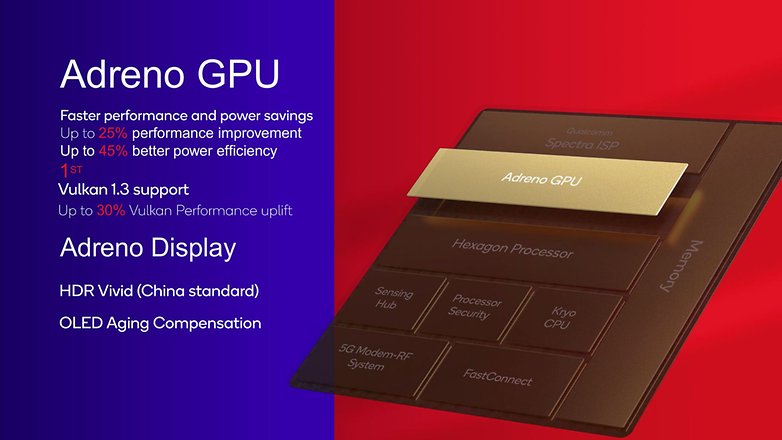
You will hear a lot about GPUs in smartphone reviews. Qualcomm SoCs typically use their own Adreno-branded GPUs, while other SoC makers rely on either ARM Mali (Google, MediaTek), AMD Radeon (Samsung), or PowerVR GPUs (an evolution of this is used on the iPhone family).
Image Processing Unit (ISP)
Modern smartphones usually have a separate image processing unit. This essentially allows them to ‘convert’ data from an image sensor to a usable photo that you can then edit and share with friends and relatives.
In the past, the CPU used to handle this task as well. But manufacturers soon realized it is always a better idea to offload these tasks to a separate Image Processing Unit. Names you shall come across when discussing ISPs include "Spectra" from Qualcomm and "Imagiq" from MediaTek.
Modern ISPs can process data coming from multiple cameras, apply effects, image quality improvements (part of the reason why phone selfies are better than Windows laptop webcams), and even recognize elements in the scene (for example for the GPU to apply a background image replacing your living room).
Integrated Modems
Modern smartphones are communication devices, and a modem is the single most essential component that enables this basic feature. A modem is used to convert wireless signals into data that your phone can understand. Today’s smartphone modems integrate 5G, 4G, 3G, and Wi-Fi capabilities in a single unit. And while a majority of smartphone SoCs today feature an integrated modem, there are a few exceptions.
Recent examples include the Qualcomm Snapdragon 8 Gen 3 and Apple A17, both of which use a Qualcomm modem—an internal Snapdragon X77, and an external X70, respectively. By "external" we mean that the modem unit is not part of the SoC. Another example are the Google Tensor chips, which use a Samsung modem (an internal core on the original Tensor, and then an integrated one on the G2 and G3 chips).

Not all SoC brands are keen on naming their modems. Qualcomm is a notable exception and the company usually denotes its modems with the letter X, followed by a number. The newest 5G modem from them, for example, is the Qualcomm Snapdragon X80.
MediaTek, HiSilicon, and Samsung don’t usually mention the modem 'brand names" on their spec sheets and have generally shied away from naming them. Recently, however, MediaTek did make a big deal when it announced its first 5G-compatible modem and branded it as the MediaTek M70 5G modem. HiSilicon modems go by the 'Balong' brand name. However, you will rarely find this name used even on the official websites.
Other components
While these four are essential components, the modern SoC also integrates other parts. For example, Digital Signal Processors (DSP) are typically used to handle tasks like analyzing data from onboard sensors and sometimes even help with music playback.
With artificial intelligence and machine learning being touted as the next big thing, it is not uncommon for smartphone SoCs to integrate a dedicated Neural Processing Unit (NPU) custom-built for handling such tasks.
NPUs have been used for many years in smartphone SoCs, for tasks like image enhancements, voice processing, facial recognition, and more. The current trend of generative AI and large language models (LLMs) put chip designers in a race to offer more TOPS (tera operations per second) than their rivals.
Manufacturing process
A phrase that you will often come across while reading SoC specs is something known as the ‘manufacturing process.’ It is listed in nanometers (nm). The simplest explanation I can think of right now is to tell you that a manufacturing process is a number used to understand how small the SoC’s internal nodes are.
While we can have a scholarly dissertation about manufacturing processes and the semiconductor fabrication process, that is way beyond the scope of this article. What you as a consumer need to understand is that the smaller the manufacturing process, the more complex/expensive/power efficient the SoC is.
Current flagship SoCs are based on 3-nm manufacturing processes, while flagship SoCs from 2020 were based on a 7-nm node. Mid-range and budget SoCs are typically based on 5, 6, and 7 nm manufacturing processes.
Who makes smartphone SoCs?
The major players in the smartphone SoC segment include the following companies.
- Apple
- Qualcomm
- MediaTek
- Samsung
- HiSilicon
- Unisoc
Here’s a brief overview of products from each of these SoC brands
Apple SoCs
Since Apple does not need its SoCs to be used on several devices, it typically announces just one smartphone SoC every year. Until 2010, Apple relied on Samsung-sourced SoCs for the iPhone and iPad models. Since then, however, the company moved to its own ARM-based SoCs. The first Apple-designed SoC was the Apple A4 which debuted in 2010.
Since then, the so-called Apple Silicon expanded into other markets, including smartwatches, personal computers, and earphones, with the Apple S, M, and H series of SoC, respectively, besides other types of controllers and chips for its other devices.
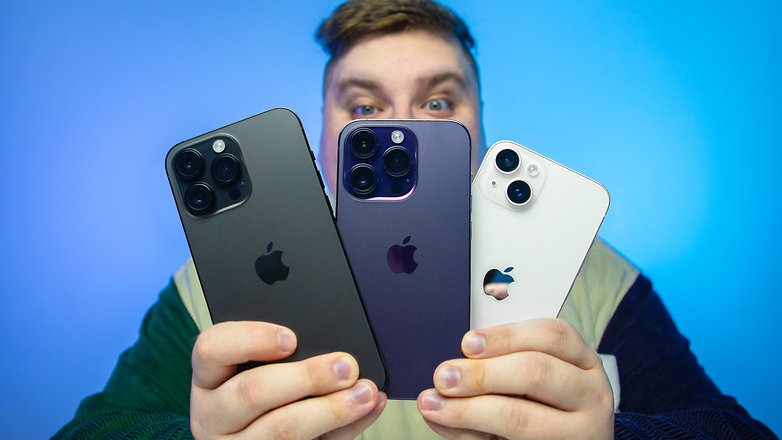
Qualcomm Snapdragon SoCs
Snapdragon is one of the leaders in the Android SoC space, most known for its Snapdragon series of processors that cover the entire range of the smartphone market. The company's chips not only equipped the very first Android phone, the HTC Dream/T-Mobile G1, but predates that in earlier Windows Mobile and BlackBerry phones.
The mobile Snapdragon processors are divided into the 8, 7, 6, 4, and 2 series, from the high-end Android flagship segment up to the low-end KaiOS feature phones, and even more basic models. Qualcomm segmented its branding even further, adding an "s" or "+" suffix to denote a lower or higher tier chip within the same series, respectively.

Besides phones, the Snapdragon family also covers other gadgets, with the Snapdragon X series on the PC market. the Snapdragon W/Wear series for wearables, XR and AR for virtual/mixed/augmented reality devices, and a few others.
MediaTek Dimensity SoCs
Originally known for its affordable SoCs that were typically used on cheaper smartphones, MediaTek is a Taiwanese company that designs smartphone SoCs. Recently, however, they have managed to pose a significant threat to Qualcomm’s domination in the segment thanks to its competitive products.
MediaTek processors for smartphones are currently branded as Dimensity or Helio. The 4G Helio lineup is slowly being replaced by 5G Dimensity alternatives so it is not getting newer offerings.
Dimensity chips also cover the entire range of the smartphone market, with entry-level options in the 6000 series, all the way to the flagship 9000 series. Until 2021, the family was segmented between the 700 and 1000 series, and during the transition between the two naming schemes, a few chips were rebranded, making it even more confusing.
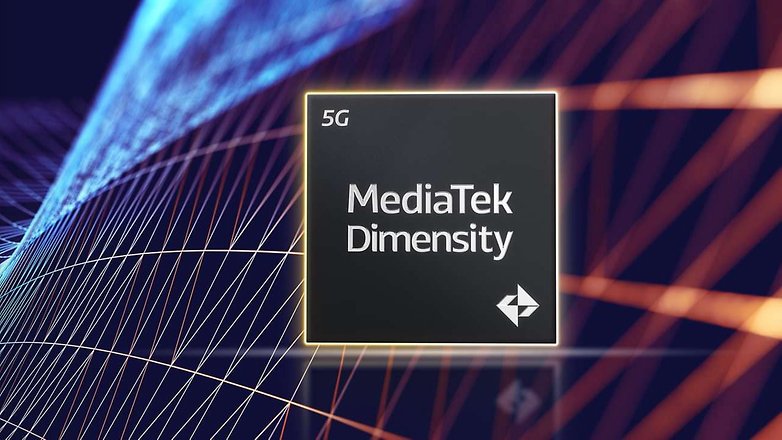
Samsung Exynos SoCs
Exynos is the brand name for Samsung's in-house SoCs. The South Korean conglomerate not only designs its chips but also produces them with its Samsung Foundry subsidiary (which also "fabs" for Google and Qualcomm). In the past, the company also designed its own Hummingbird/Mongoose/Exynos CPU cores but a lack of competitiveness and efficiency made them being replaced by standard Cortex cores.
Samsung SoC efforts also predate Android, with its chips powering the first iPhone generations, and prior smartphones. The current Exynos family can be traced back to the earlier Galaxy S phones, with flagship offerings in the 2000 series, and the 1000 series covering the mid-range market.
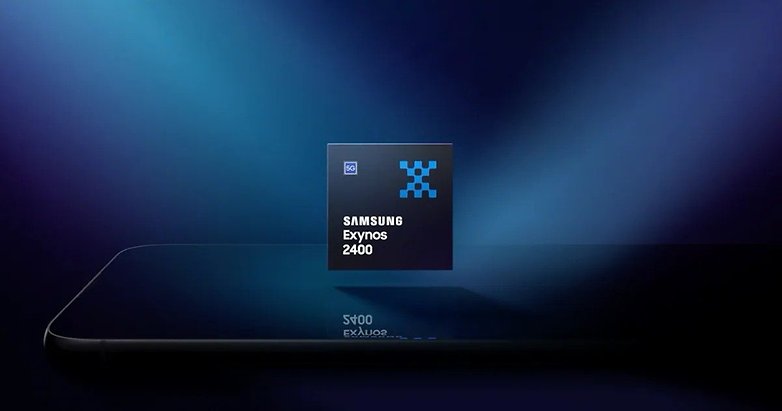
The Google Tensor family is related to the Exynos lineup—to the point of sporting Samsung codenames—but mixes standard ARM Cortex CPUs, ARM Mali GPUs, and Samsung modems with custom Google cores, most notably the Tensor NPU.
HiSilicon (Huawei) SoCs
Chinese giant Huawei also designs its in-house chips under its subsidiary's HiSilicon Kirin brand. On its fast-paced rise to the top of the phone market, however, the company was one of the main targets of US-imposed trade sanctions in 2020, which affected its capacity to manufacture its Kirin chips with long-time partner TSMC from Taiwan.
While 2020's Kirin 9000 was very competitive with other Android flagship SoCs, Huawei/HiSilicon was banned from sourcing its chips from TSMC and was only able to return in 2023 with the Kirin 9000s chip, made by Shanghai's SMIC.
As the name indicates, the 9000s is roughly on par with its older sibling in terms of performance, using a less advanced Chinese 7nm process node. SMIC's older 14nm processes are also used for lower-end Kirin 710 chips.

Unisoc SoCs (Previously Spreadtrum)
Unisoc is yet another smartphone SoC brand. While not as famous as the likes of Qualcomm, MediaTek, Samsung, or Huawei, Unisoc does have a comprehensive set of smartphone-focused SoCs. They are mostly used by manufacturers who concentrate on manufacturing devices targeted at the lower end of the price spectrum.
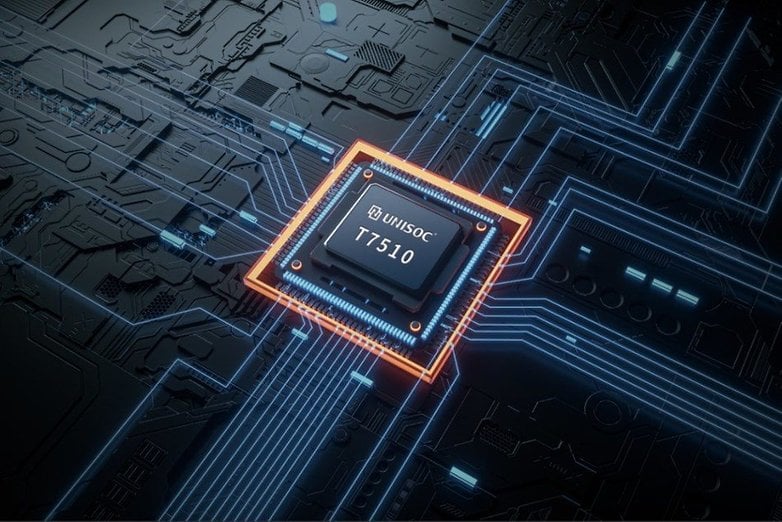
Despite promises of powerful alternatives in its Tiger and Tanggula families of SoCs since at least 2020, the company's newest offerings (as of 2024) top at the Cortex-A76 CPU core from 2018.
Perhaps tellingly, while Unisoc's 4G chips can be found on recent releases from Samsung, Motorola, Realme, Nokia, and other popular brands for the low-end phone market. The company's 5G chips are practically exclusive to Hisense and ZTE/Nubia phones.
Now that you have a basic understanding of what a smartphone SoC is and what the companies that operate in this space are, you can use this information to better understand the hardware specifications of your phone. This is just the first article in a planned series of smartphone SoC-related topics here on nextpit. We will update this article with more links around related topics in the near future
Watch this space for more!
Article updated in July 2024 with recent launches.
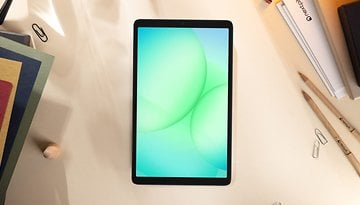
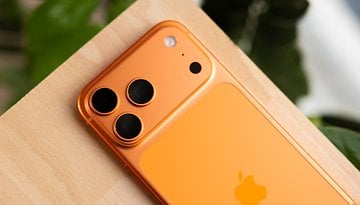
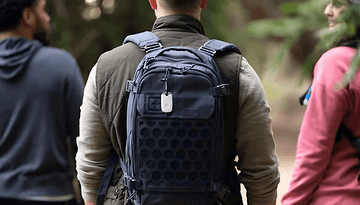
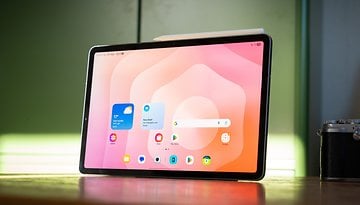





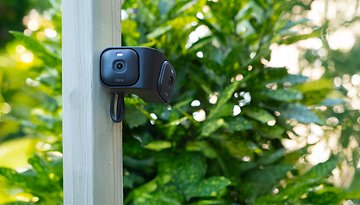




You've explained everything comprehensively. Thank you
Do suggest me something to improve too
You can also visit my site for information about shoes and their reviews. footyware.com